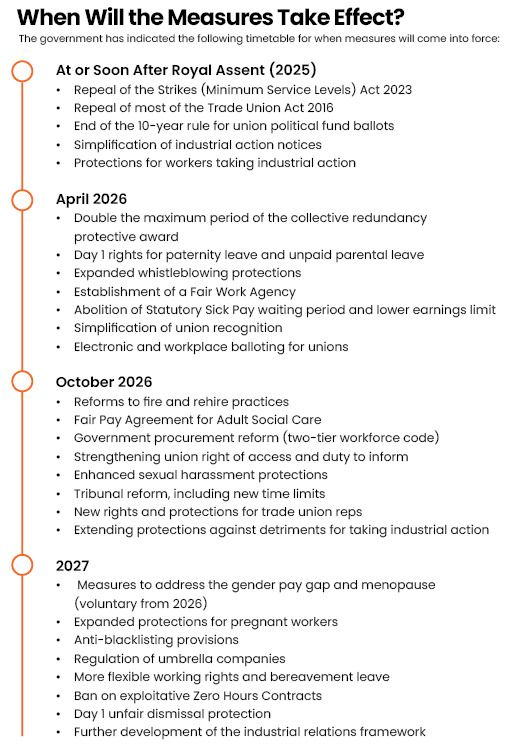Building Unions in Schools
- msmithorganiser
- Sep 5, 2024
- 4 min read

Special guest blogger Avril Chambers writes about her massively successful union building strategy and tactics in schools with support staff:
Between 1997 and 2020 my union built its membership from around 20,000 school support staff to almost 150,000. 95% of this rapidly expanding schools workforce were women. In 1997 we were a non-teaching union with an industrial base in male dominated industries and predominantly we only had cleaning and catering staff as members in schools, (most of whom had been progressively sold to private companies from 1980 onwards). As a result of our schools campaign our total union membership went from around 80% men to 50% women.
So, what did we do and how did it work?
My union spent decades in committee meetings and conferences worrying about a lack of women in the union and devising ever more complex marketing strategies and sales pitches to try and attract women members. We finally convinced the male dominated committees that if we simply arranged to visit the places where women work and talk to them about the issues that affected them, then women were just as likely to join a union and get organised. Once we started to put this new policy into effect school based members became the fastest growing part of the union
In 1997 the biggest campaign issue for this group of workers was the Single Status Agreement which had just been agreed for Local Government employees. This offered a means for the unions to tackle long term sexist wage theft across local government through collective bargaining – including in schools where the workforce had been undervalued for years. Under the guise of consultation with all staff affected on the implementation of the agreement in each school we were able to gain facilitated access with paid release to all staff in schools during their working day through negotiation with Head Teachers - themselves union members
This campaign then evolved into a campaign for a single collective bargaining group for school support staff and this was achieved with the formulation of the SSSNB, again we used consultation on the agreement alongside the importance of staff having a constructive input to the negotiations. Although this Negotiating Body was cancelled by the Tories in 2011 it is now back on the agenda and talks on its rebirth are currently underway. This presents an ideal opportunity for unions in the next few years to repeat our successful campaign and gain access to the Schools & Academies support staff to build the union further
Key to having successful meetings for recruiting and organising purposes is the planning and preparation of the project, we needed to contact Head teachers in advance and secure their agreement for a meeting and to ensure all support staff were invited to attend during work hours. We found that most Heads agreed to a 45 minute pre-lunch or post lunch meeting i.e. 1100 and 1300 hrs respectively, these times worked best in terms of attendance and union building.
Next we had to make sure the team of the two Union Representatives that would be going to the schools were well briefed on the national campaigns of the union, how it affected staff in that school, how they could get involved and also how union building offered staff vital protection from the risks inherent in their work.
More often than not however, the biggest impetus to build the union in each school when we met staff came from concerns over allegations, accidents and accusations in their day to day working lives. Many times we found the culture of team work and voluntarism in schools had been used to abuse the good nature of support staff as their work responsibilities grew out of all proportion to their job descriptions.
It became clear that the notion that teaching assistants were there to fill the paint pots or put the collage on the wall were laughably outdated – although some Head teachers and parents hadn’t noticed. “Will you” had become “You will” on too many occasions leaving staff taking children to school trips in their own cars or supervising children without support or personal insurance cover. Prosecutions of support staff were rising and there was a growing sense among the workforce that they were the most vulnerable staff to be scapegoated if something went wrong – unless they had a strong union at their school.
The campaign goes on despite challenges from the on-going roll out of academies in England which often seek to abolish low paid support staff jobs to maximise school surpluses and Head Teachers pay.
Union density in this workforce stands at roughly 60% and I would urge the three unions who bargain for school support staff to redouble their union building efforts in the school workplaces, face to face, listening and discussing the issues.
Tik Tok, WhatsApp and twitter “campaigns” make unions feel good and raise the profile of union leaders but cant and don’t build membership, engagement and activity in schools.



Comments